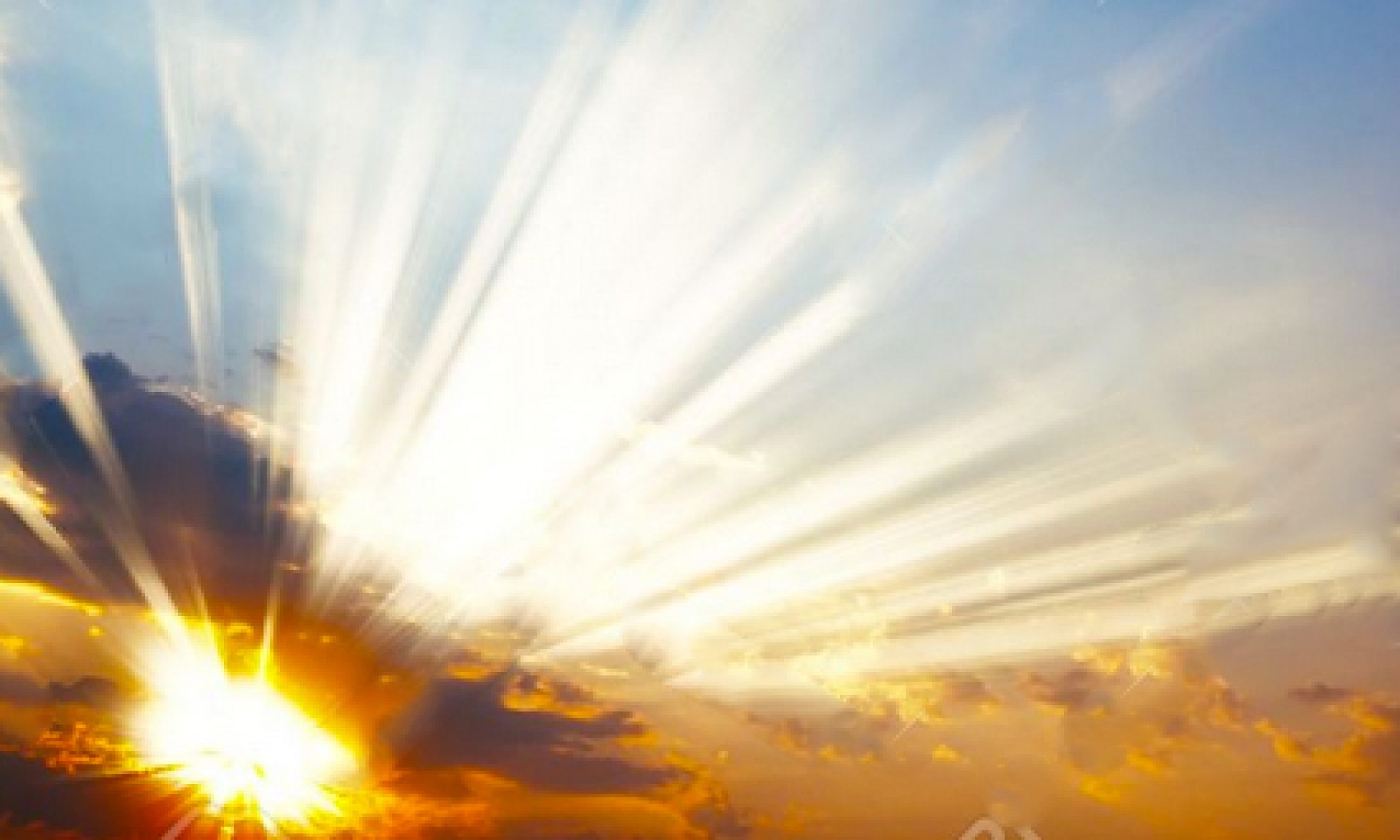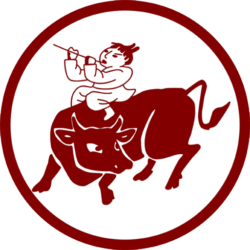1 The Moro Reflex
The Moro Reflex evolved in monkeys and is a response to sudden lack of support. The monkey infants evolved this to deal with situations where they lose contact with the mum while she is jumping or generally moving around.
The arms (and maybe the legs) spread out to stabilise and find equilibrium and then immediately come back to centre.
Many modern descriptions of the reflex miss the final stage, which is that the hands close as if gripping something. For monkeys, this is the most important stage because it is the re-attachment to the mum’s hair.
Here is a video of a modern description of the Moro reflex
The Moro is therefore a reflex for re-establishing equilibrium and support.
Many people (including experts) say the Moro reflex is the same as the Startle Reflex but this is a mistake.
The startle reflex has a superficial similarity – the arms spread out and the baby cries – but it has no completion phase. Also the startle reflex fades away if one repeats the stimulus. The Moro reflex doesn’t fade.
The Moro does change with time and usually disappears within the first six months of life but the movements have a deeper meaning in how we deal with trauma.
Strong, shocking , painful experiences are not traumatising in themselves. But if the natural process of dealing with the experience is interrupted then the energy of the experience is not resolved and is stuck in the body.
It’s similar to a Moro reflex stuck in the extension phase and the baby never reattaches to the mother.
So one of the keys to working with trauma is to allow the physical shock, frozen somewhere in the body, or frozen in rigid extension to resolve itself into a flexion and a reconnection with support and the earth.

